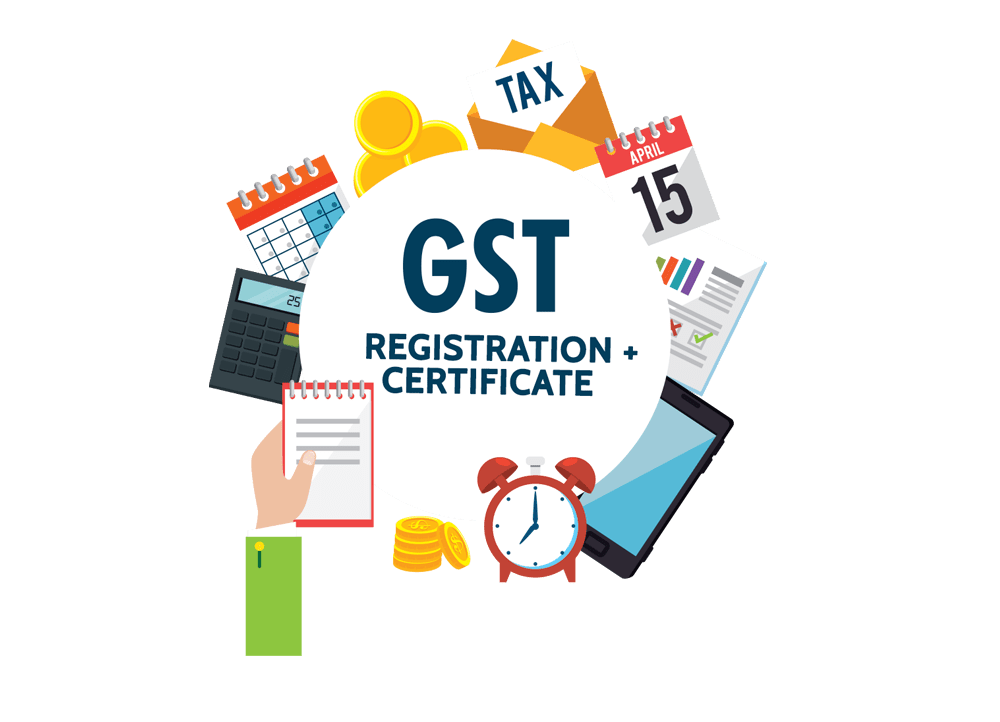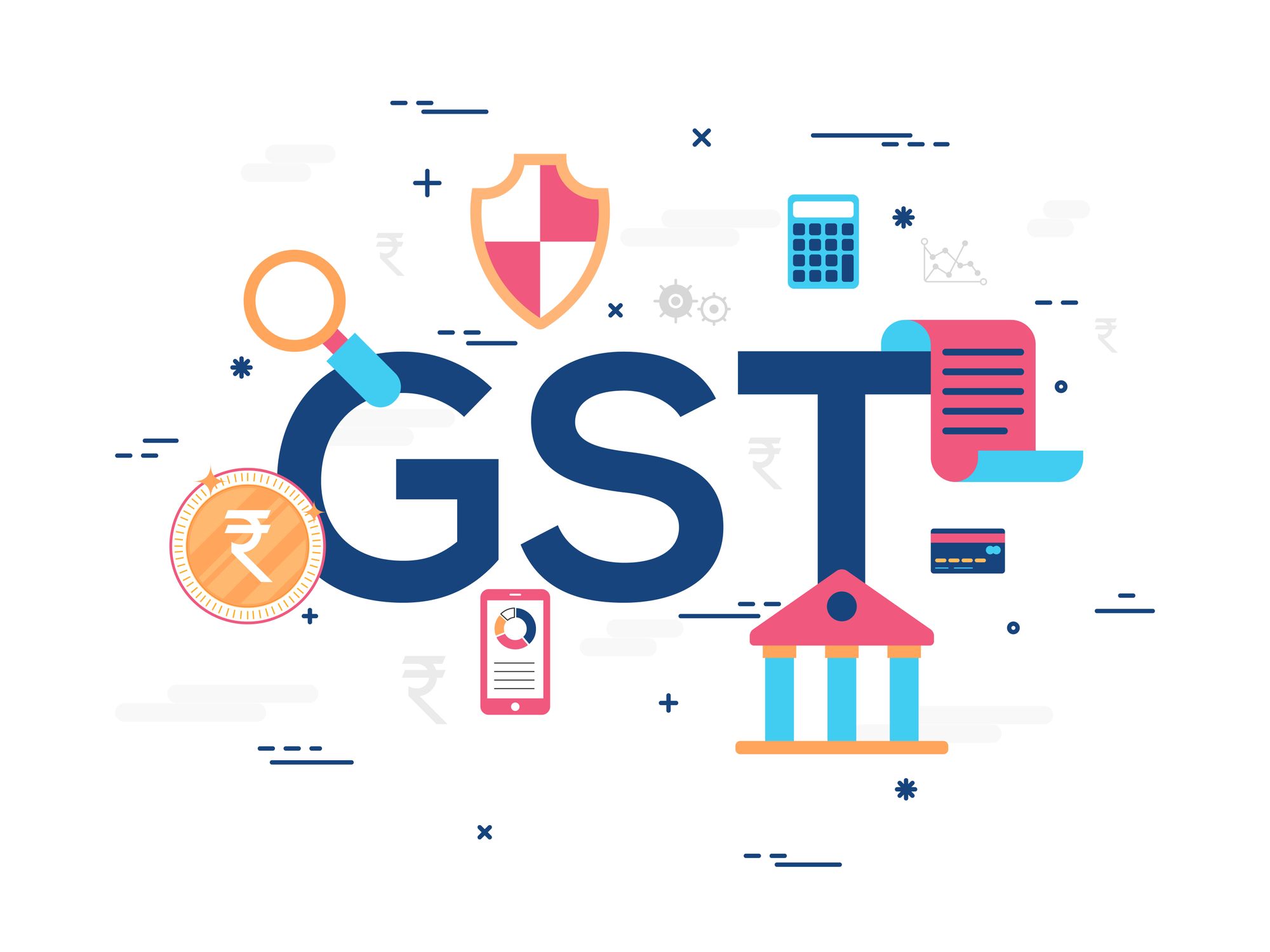GST REGISTRATION
GST Registration
Registering for the Goods and Services Tax (GST) in India is mandatory for most businesses that sell goods or services. GST is a comprehensive indirect tax that replaced various other taxes in India. Here's how you can register for GST in India:
-
Determine Eligibility: First, check whether your business is eligible for GST registration. Generally, businesses with an annual turnover exceeding the threshold limit (which can vary) are required to register for GST. However, some small businesses may be exempt.
-
GST Portal: Visit the GST portal (https://www.gst.gov.in/).
-
Create a User Account: If you are not already registered on the portal, you need to create a user account. You'll need a valid mobile number and email address for verification.
-
GST Registration Form: Log in to your GST portal account, and under the 'Services' tab, select 'Registration' and then 'New Registration.'
-
Fill out the Application Form: You must fill in the GST registration application form, which includes details like your business name, address, type of business, PAN (Permanent Account Number), Aadhar Number, bank account details, and more.
-
Attach Required Documents: You'll need to upload certain documents, including your business's PAN card, Aadhar card, proof of business registration (e.g., partnership deed, certificate of incorporation), address proof of the place of business, bank account statements, and photographs.
-
Authorized Signatory: You need to specify an authorized signatory for the GST registration. This person will receive the OTPs and alerts.
-
Submit Application: Once you've filled in all the required information and attached the necessary documents, you can submit the application.
-
Verification: The GST authorities will verify the information and documents you've provided. They may also conduct a physical verification of your business premises.
-
GSTIN: If everything is in order, you'll receive a 15-digit GST Identification Number (GSTIN). You can track the status of your application on the GST portal.
-
Start Collecting GST: After obtaining the GSTIN, you are legally allowed to collect GST from your customers. You must also file regular GST returns based on your business category (monthly, quarterly, or annually).
It's important to note that GST rules and regulations in India may change over time, so it's essential to keep up to date with the latest requirements and guidelines from the GST authorities. Suppose you are unsure about any aspect of the GST registration process. In that case, it is advisable to consult with a tax professional or a chartered accountant who can provide guidance specific to your business.


